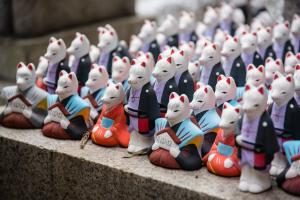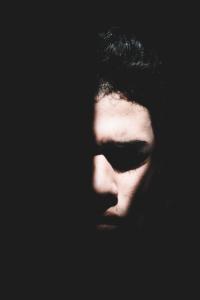We talk a lot about the hidden dangers in our food brought about by the technologisation of the food chain. But how much attention do we give to similarly hidden dangers in our consuming of the Real Food in the Divine Liturgy?
In a post on the Patheos religious blogging hub, Deacon Greg Kandra spoke of the increasingly popular phenomenon of replacing hymnals with projected slides on a wall. While this could be seen to be a cost-saving measure (and indeed there are hymnals with songs so vomitous they are not worth the paper on which they are printed), Kandra alerts us to a number of sociological side effects of this micropractice in the liturgy.
At one level, the use of projectors flattens out social space, such that all congregants, regardless of stature or ability or disposition, are made to sing (sometimes with accompanying organ-nazi barking orders at you). This is juxtaposed by Kandra against the use of hymnals, which allow for the complexities within the Body of Christ. It is more amenable to accommodating, for instance, the person who for reasons only he would know does not want to sing but reflect silently. It would also be more accommodating to the short or stiff necked.
At another level, the physical conformity that the use of projectors calls for paradoxically splinters the social body. The Church is made to resemble a sociological bicycle wheel with a central hub (the screen) and spokes (the congregants), with little interaction within the latter. This is juxtaposed to the use of hymnals that allows for such interaction within the social body of the congregation via the sharing of books in situations of scarcity.
Kandra’s article, in its identification of the effects of social flattening and splintering brought about by the technologisation of our culture, fleshes out a brief reflection in an earlier post concerning technology and its capacity to parody the sacramental economy.











